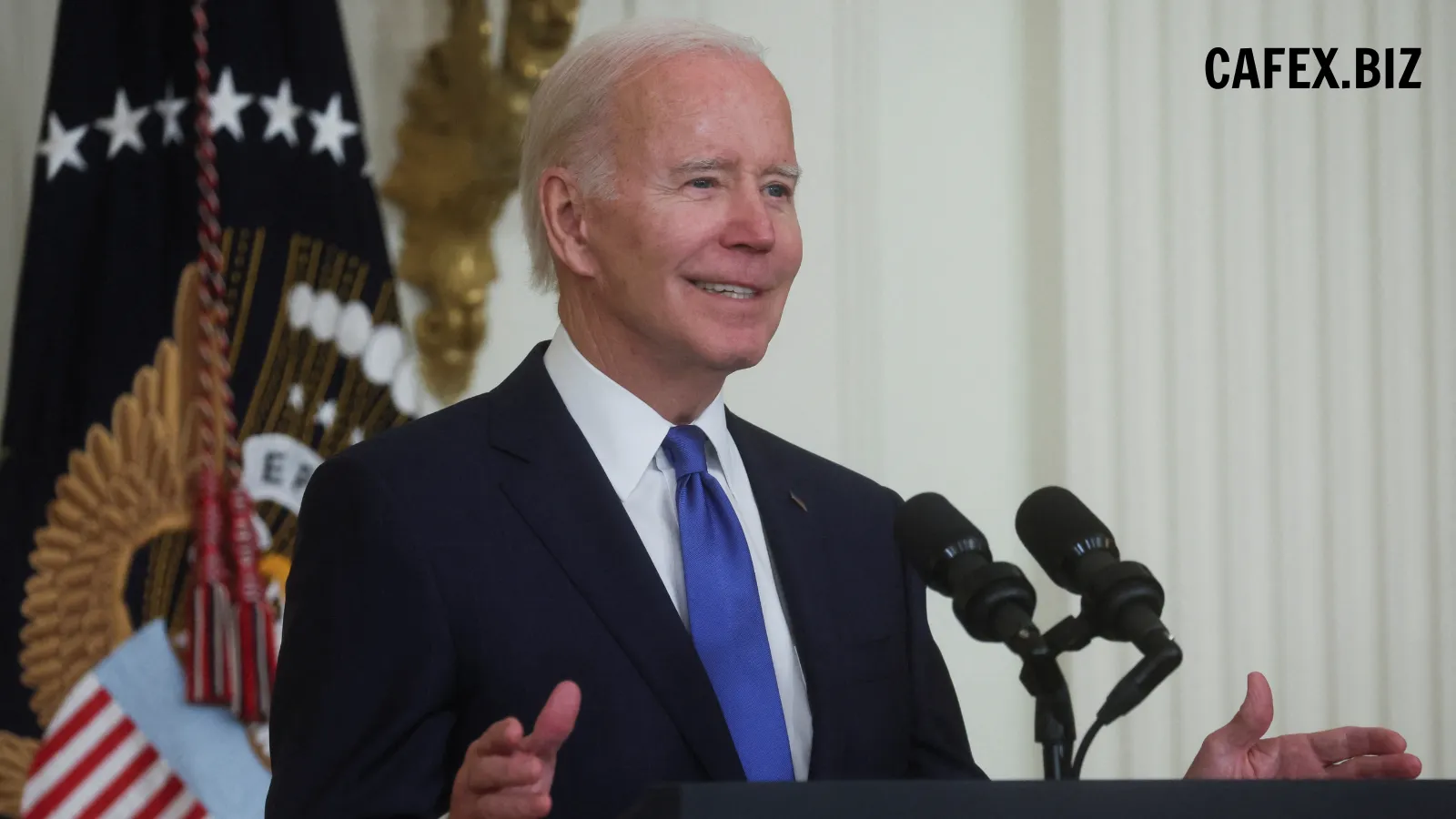The White House will allocate $42.25 billion to 50 states and territories where there's either no broadband connectivity or the service is too slow to give everyone access to high-speed broadband Internet by 2030.
The plan was announced on June 26. Funding is in the Broadband Equity, Access, and Deployment (BEAD) Program, allocated based on the coverage map that the US Federal Communications Commission (FCC) just released.
This funding marks the largest-ever federal effort to help an estimated 8.5 million homes and small businesses finally take advantage of modern connectivity.
The money the government plans to allocate to states over the next two years is at the heart of a massive and ambitious effort to deliver reliable broadband to the whole country by 2030, ensuring that even the most remote parts of the United States can reap the economic benefits of the digital age.
The Digital Gap
Biden said that rural communities suffer from persistent gaps between families, workers, and employers with high-speed internet access and those without. He calls it the "digital gap".
According to new federal estimates, even in an age of advanced technology such as self-driving cars, commercial spacecraft, and artificial intelligence, about 7% of the U.S. population still does not have a broadband service that meets the minimum standards needed in the United States.
-1687844544.jpg)
The Biden administration estimates that 8.5 million locations in the United States lack broadband Internet access. According to Vice President Kamala Harris, 24 million Americans do not have access to high-speed Internet because they cannot afford to pay monthly or live in areas that are not fully connected to fiber optic networks.
For millions of Americans, the internet provides a safe way to get to work or school, buy groceries, and stay in touch with their loved ones, as long as they can, of course, afford it.

In a 2021 survey from the Pew Research Center, 60% of low-income broadband users said they often or sometimes had difficulty using online services during the pandemic due to slow speeds. Nearly half said they were also worried at the time about their ability to pay their internet bills.
Broadband providers such as Verizon, Comcast, Charter Communications, and AT&T are hesitant to provide services to remote, low-population areas because of the expensive investment and the lack of subscribers. This situation attracted attention during the Covid-19 epidemic, when students had to leave school and study online.
Implementation
"It's really important that we don't leave any community behind this project," said Brandy Reitter, chief executive officer of the Colorado Office of Broadband, whose state is expected to receive $826 million from this project.
Accordingly, Texas and California, which are the two most populous states, will top the list of recipients with $3.1 billion and $1.9 billion, respectively. Other states with smaller populations, such as Virginia, Alabama, and Louisiana, are also among the top 10 recipients of funding because of a lack of broadband access. These states all have large, remote areas with fewer Internet connections than big cities.
US President Joe Biden announced that this is the largest investment in high-speed Internet in history. He considers Internet access as important as electricity, water, and other basic services. The minimum amount that a state can be granted is $107 million.
Appearing at the White House on Monday, Commerce Secretary Gina Raimondo said of the new Biden administration's campaign: "We knew about it. A lot of presidents have talked about closing the gap, but President Biden is making it happen.” States will submit preliminary plans later this year to receive 20% of the funding. After finalizing the plan, the government will provide the remaining amount.

